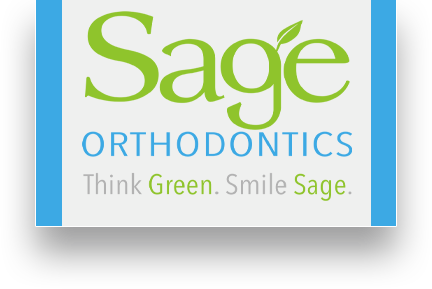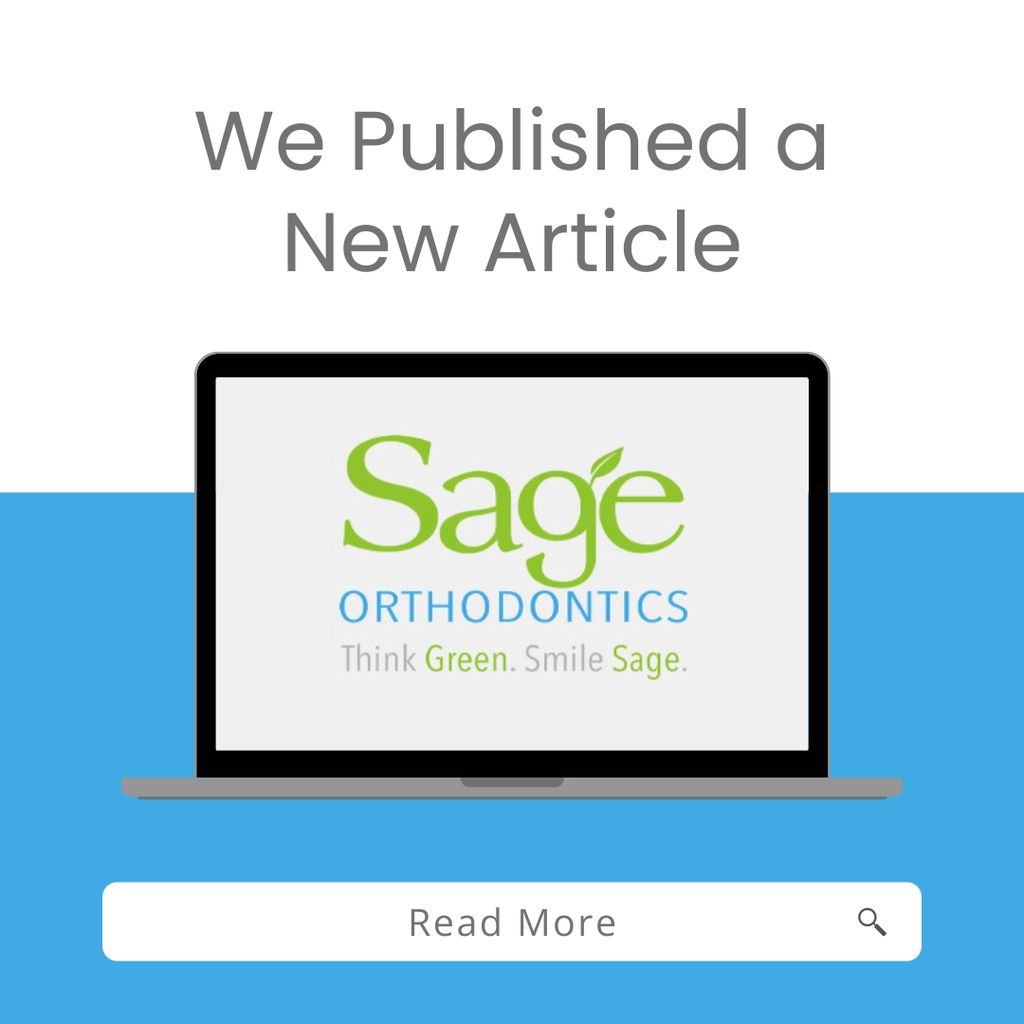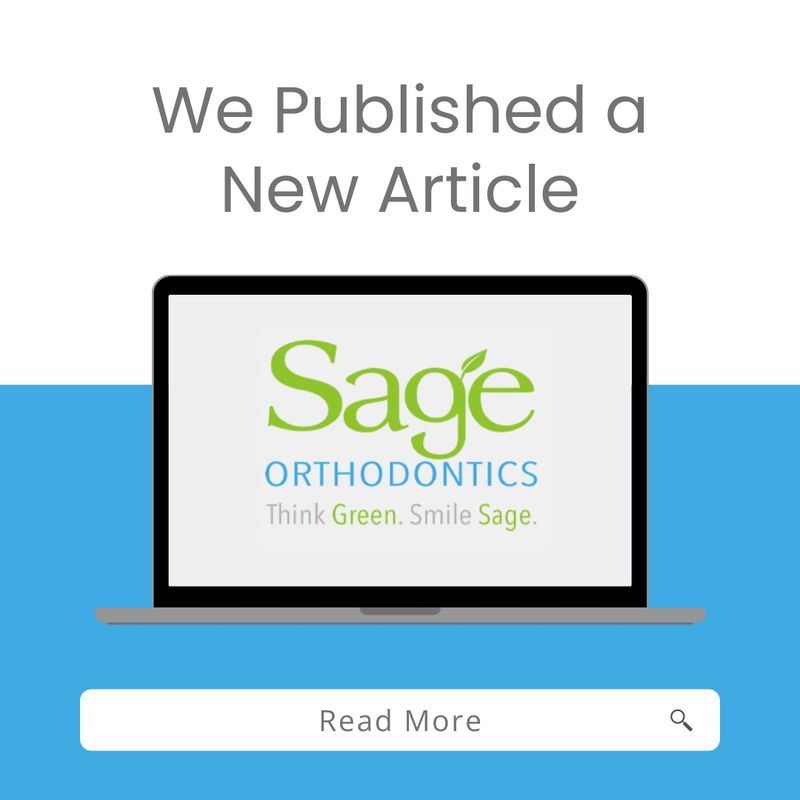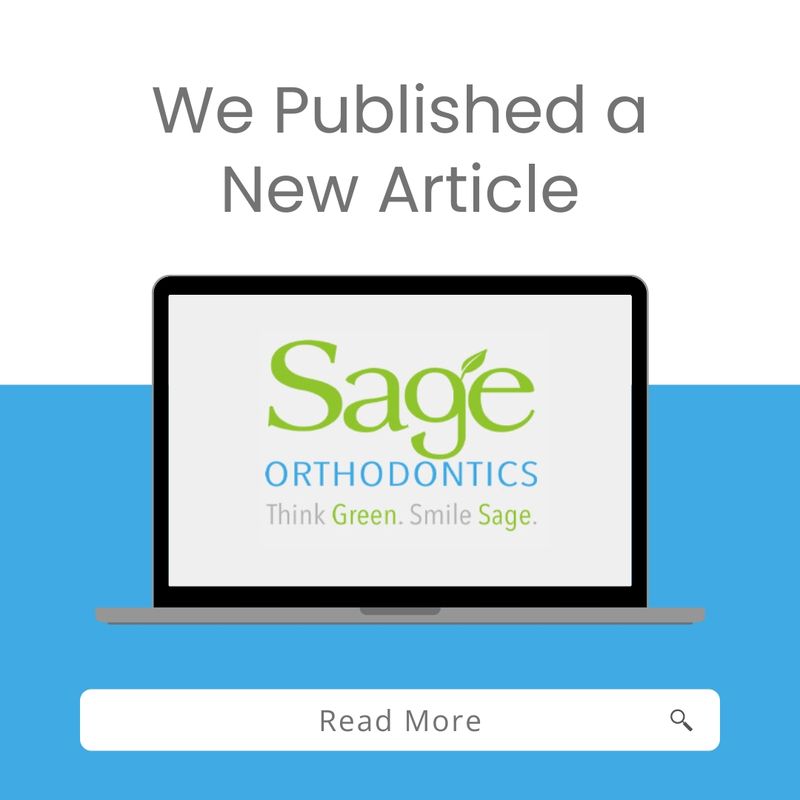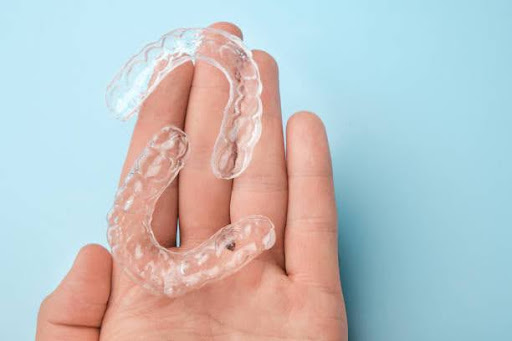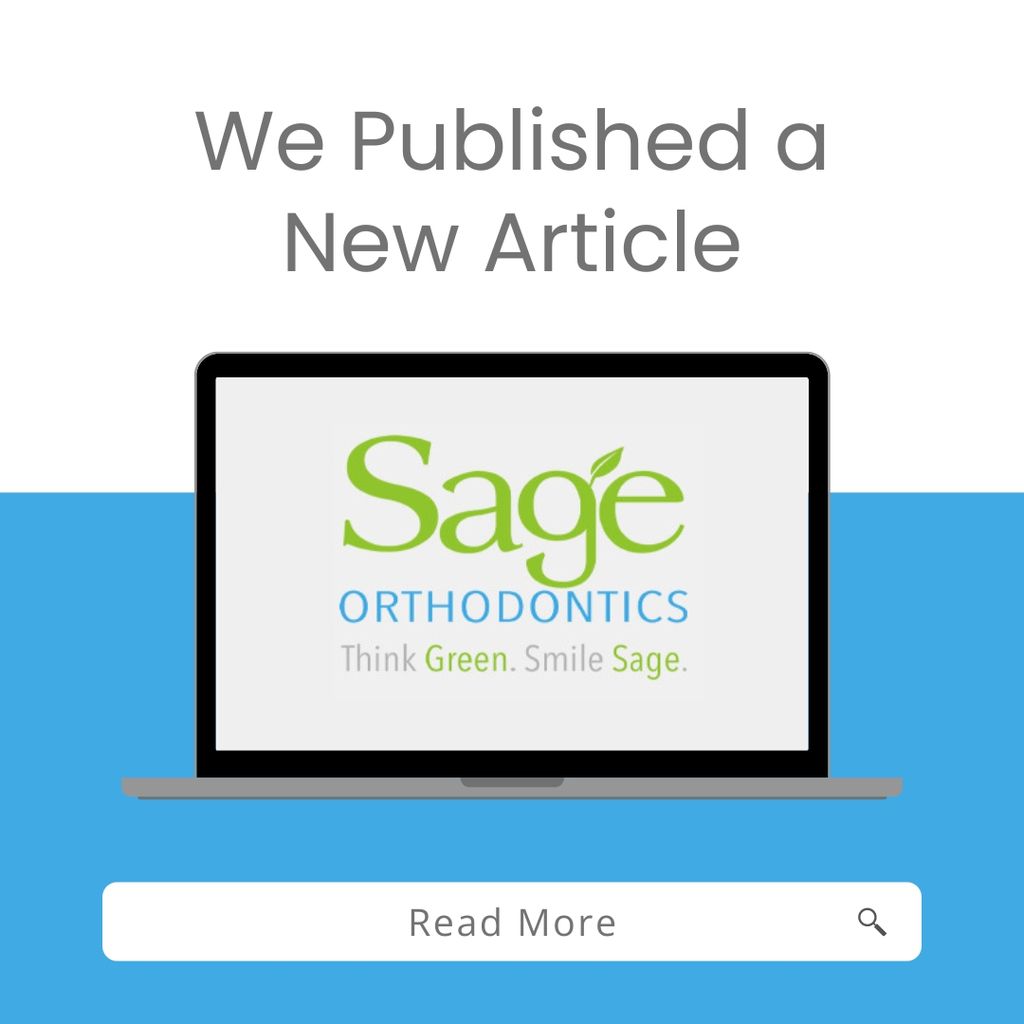
Sage Orthodontics: Your Portage Orthodontist for Clear Aligners
Clear aligners offer a discreet and comfortable alternative to traditional metal braces for achieving a straighter smile. Their virtually invisible appearance, coupled with ease of use and maintenance, makes them a popular choice among orthodontic patients. However, to ensure optimal results, there are several key practices to follow when wearing clear aligners.
Consistent Wear is Key
Consistently wearing your aligners is crucial for successful treatment. While they are removable, it’s essential not to neglect wearing them for extended periods. Aim to wear your aligners for 20-22 hours each day to maintain progress and avoid prolonging treatment duration.
Prioritize Oral Hygiene
Before inserting your aligners, brush your teeth thoroughly to remove any food particles, bacteria, or plaque. Failing to do so can lead to unpleasant breath, gum inflammation, and tooth decay. Proper oral hygiene is vital throughout your orthodontic journey.
Keep Aligners Clean
Regularly clean your aligners to prevent staining and damage. Use a soft-bristled toothbrush and toothpaste to gently brush them daily. Additionally, consider using denture cleaner or hand sanitizer to eliminate bacteria and plaque buildup, ensuring your aligners remain hygienic and clear.
Address Discomfort Promptly
If you experience any discomfort or irritation from your aligners, don’t ignore it. Contact your orthodontist immediately to address the issue. Ignoring discomfort can lead to complications and disrupt the progress of your treatment.
Remove for Eating and Drinking
Take out your aligners when eating or drinking anything other than water. Food particles can become trapped in the aligners, leading to staining and potential hygiene issues. Remember to brush your teeth before reinserting your aligners to maintain oral health.
Avoid DIY Adjustments
Never attempt to adjust your aligners yourself. They are designed to gradually move your teeth into the desired position under professional guidance. Attempting to modify them independently can result in damage and hinder treatment progress.
By adhering to these guidelines, you can ensure that your clear aligners effectively straighten your teeth while maintaining optimal oral health. Remember, clear aligners offer a fantastic opportunity for a straighter smile, but proper care is essential for success. For personalized guidance and comprehensive orthodontic care, schedule a consultation with Sage Orthodontics today.

